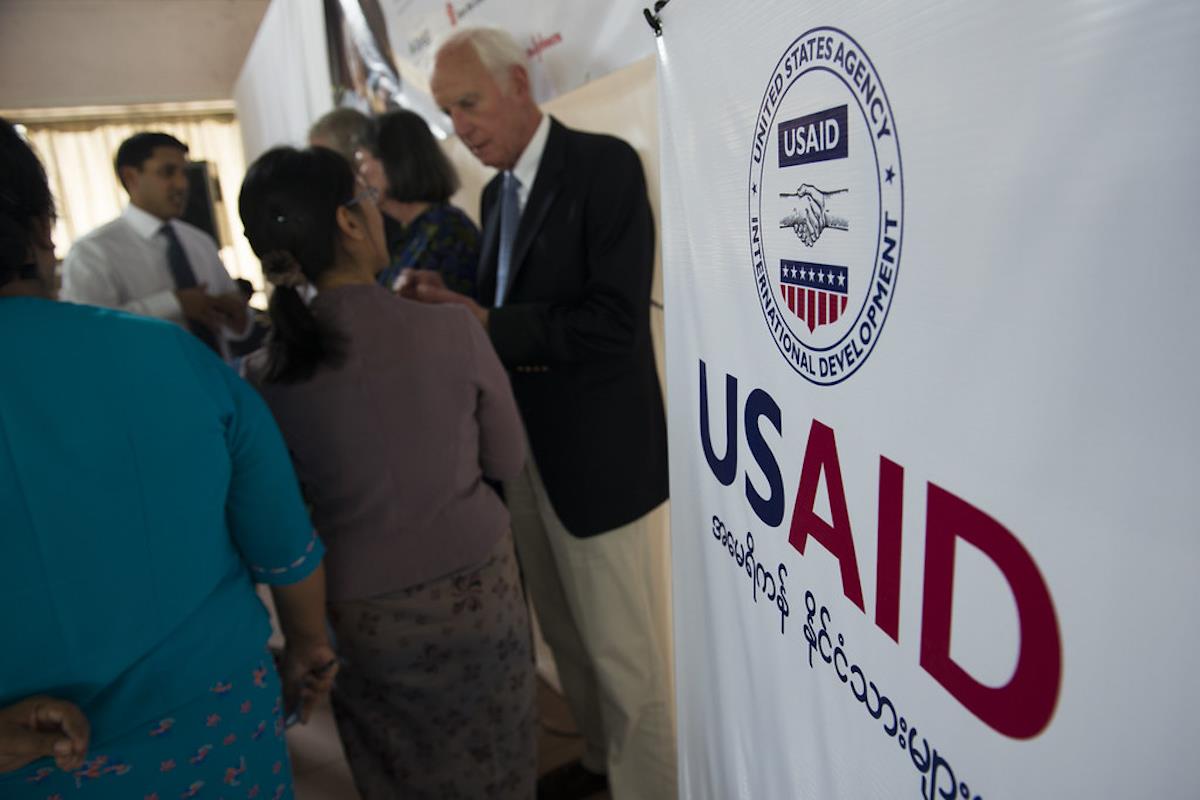
Bank Indonesia Losing Sight Of Its Guardian Role
The problem is not a matter of bank resilience. BI's reports show that banks' capital adequacy ratios (CAR) are high and non-performing loans are low. The financial system, all in all, is healthy and, if anything, perhaps too cautious.
Of the 370 trillion rupiah in so-called Macroprudential Liquidity Credits (KLM) injected by BI into the banking system, only about 45% has flowed into productive financing. The rest circulates within bank balance sheets, is absorbed into securities, or is parked as liquidity reserves.
As a result, the so-called liquidity easing intended to stimulate growth risks turning into a comfort blanket for the banking sector. Instead of driving productivity and job creation, the funds end up resting in government financial instruments that do not directly generate value in the real sector.
This reveals an asymmetry between monetary policy and real economic dynamics-where the availability of funds does not automatically translate into credit expansion or investment growth.
In other words, the core challenge here is not the amount of money in circulation, but the transmission mechanism and the risk appetite of financial institutions. Without sufficiently strong incentives-such as credit guarantees, administrative deregulation or bureaucratic reform-to encourage banks to lend to productive sectors, liquidity policies will create the illusion of stability without delivering sustainable growth.
This situation exposes a striking paradox: excess liquidity amid frozen credit. For better or worse, banks feel safer placing funds in risk-free government instruments rather than lending them to riskier real-sector enterprises. It is not far-fetched, therefore, to describe this as a case of credit stagnation amid a liquidity glut.
Latest stories
A clarion call to end 'superintelligence' research

Can America's soft power be saved? Japan needs foreign workers, not Takaichi's hyper-nationalism Money in quiet times
The issue became even more intriguing when, in September 2025, the Ministry of Finance announced the placement of 200 trillion rupiah (US$12 billion) of government funds into state-owned banks (Mandiri, BRI, BNI, BTN, and BSI).
The move, formalized under Minister of Finance Decree Number 276 of 2025, was aimed at accelerating credit to productive sectors, including micro, small and medium enterprises (MSMEs) and infrastructure.
Legally, this is permissible-the government has every right to use its own funds parked at BI. Yet, in macroeconomic terms, the question is not whose money it is, but when and for what purpose it is deployed.
Public funds held at BI are not merely idle balances; they represent trust and the psychological reserves of the national economy. Using them without urgency risks creating an illusion of safety while blurring the policy message. The public could interpret this as a sign of the authorities' lack of confidence in the effectiveness of their own instruments.
At first glance, the move seems like sound fiscal–monetary coordination. But a fundamental question arises: Is such action justified when the economy is not in crisis?
Currently, Indonesia is not under any form of financial distress. Inflation hovers around 3%, GDP growth remains at 5%, the exchange rate is stable and there are no signs of systemic stress. The use of massive public reserves in such calm times, therefore, raises deeper questions about policy priorities and governance.
Typically, liquidity interventions by a central bank are warranted in times of stress-when markets face a liquidity crunch, loan defaults surge or systemic confidence erodes. In such circumstances, the central bank acts as a lender of last resort.
But today's reality is the opposite: Banks are awash with third-party funds, loan-to-deposit ratios are falling and liquidity is abundant. Thus, BI's decision to inject additional liquidity in tranquil times is akin to pouring water into an already full glass.
This analogy matters because the funds released by BI and the Ministry of Finance are not infinite. They form part of the nation's monetary reserves – the savings that should serve as a shield in times of genuine crisis. Once these reserves are deployed now, BI's capacity to act as the buffer of last resort diminishes accordingly.
Shifting institutional characterMore deeply, BI's expansionary stance in tepid times points to a structural concern: a shift in its institutional character-from guardian of stability to driver of growth. Since the 1999 monetary reform, BI's independence has been guaranteed by law.
Its mandate is clear: to safeguard the stability of the rupiah and the financial system-not to pursue economic growth directly. This separation was designed to keep monetary policy insulated from political and short-term fiscal pressures.
However, BI's official narrative has subtly changed. The phrase“a policy mix to support sustainable economic growth” now frequently appears in public statements. Liquidity injections and macroprudential easing are no longer responses to systemic stress but proactive measures“to strengthen real sector recovery.”
Yet that function belongs to fiscal policy. If BI and the Ministry of Finance both push for growth simultaneously, who will apply the brakes when the economy overheats?
Monetary independence is not merely about being free from political interference; it is about institutional discipline and the ability to resist the temptations of economic populism. When a central bank loses professional distance from the government, it loses the moral authority to say no to risky policies.

Sign up for one of our free newsletters
-
The Daily Report
Start your day right with Asia Times' top stories
AT Weekly Report
A weekly roundup of Asia Times' most-read stories
Liquidity support in calm times may produce short-term stability, but it is fragile at its core. Banks appear sound, interest rates stable and the exchange rate steady-but all this depends on continuous state intervention. Once public funds stop flowing, the impact shock could be severe. This is what we might call state-sponsored pseudo-stability.
Such policies, of course, breed moral hazard. Banks may come to expect that whenever credit slows, BI or the Finance Ministry will step in with more liquidity. This dulls their incentive to innovate, expand productive lending or lower lending rates.
BI need not be frigid toward growth, but it must retain credible distance from the government and its growth policies. Monetary independence is not merely a legal status-it is a balance of roles between fiscal ambition and monetary prudence. When the government wants to sprint, BI must ensure that the economy's shoes do not tear.
Turkey and Argentina offer cautionary tales in this regard. In both, central banks grew too close to fiscal agendas, and each time independence was compromised for short-term growth, financial stability became the first casualty. True stability requires patience, not policy theatrics.
And the true courage of a central bank lies in its ability to say no when everyone is clamoring for easy money.
Pristanto Silalahi is a researcher and lecturer in development economics at Atma Jaya University Yogyakarta
Sign up here to comment on Asia Times stories Or Sign in to an existing accounThank you for registering!
An account was already registered with this email. Please check your inbox for an authentication link.
-
Click to share on X (Opens in new window)
Click to share on LinkedIn (Opens in new window)
LinkedI
Click to share on Facebook (Opens in new window)
Faceboo
Click to share on WhatsApp (Opens in new window)
WhatsAp
Click to share on Reddit (Opens in new window)
Reddi
Click to email a link to a friend (Opens in new window)
Emai
Click to print (Opens in new window)
Prin

Legal Disclaimer:
MENAFN provides the
information “as is” without warranty of any kind. We do not accept
any responsibility or liability for the accuracy, content, images,
videos, licenses, completeness, legality, or reliability of the information
contained in this article. If you have any complaints or copyright
issues related to this article, kindly contact the provider above.





















Comments
No comment